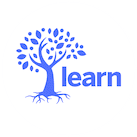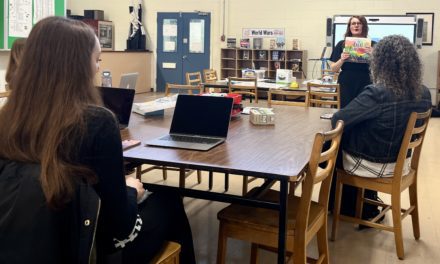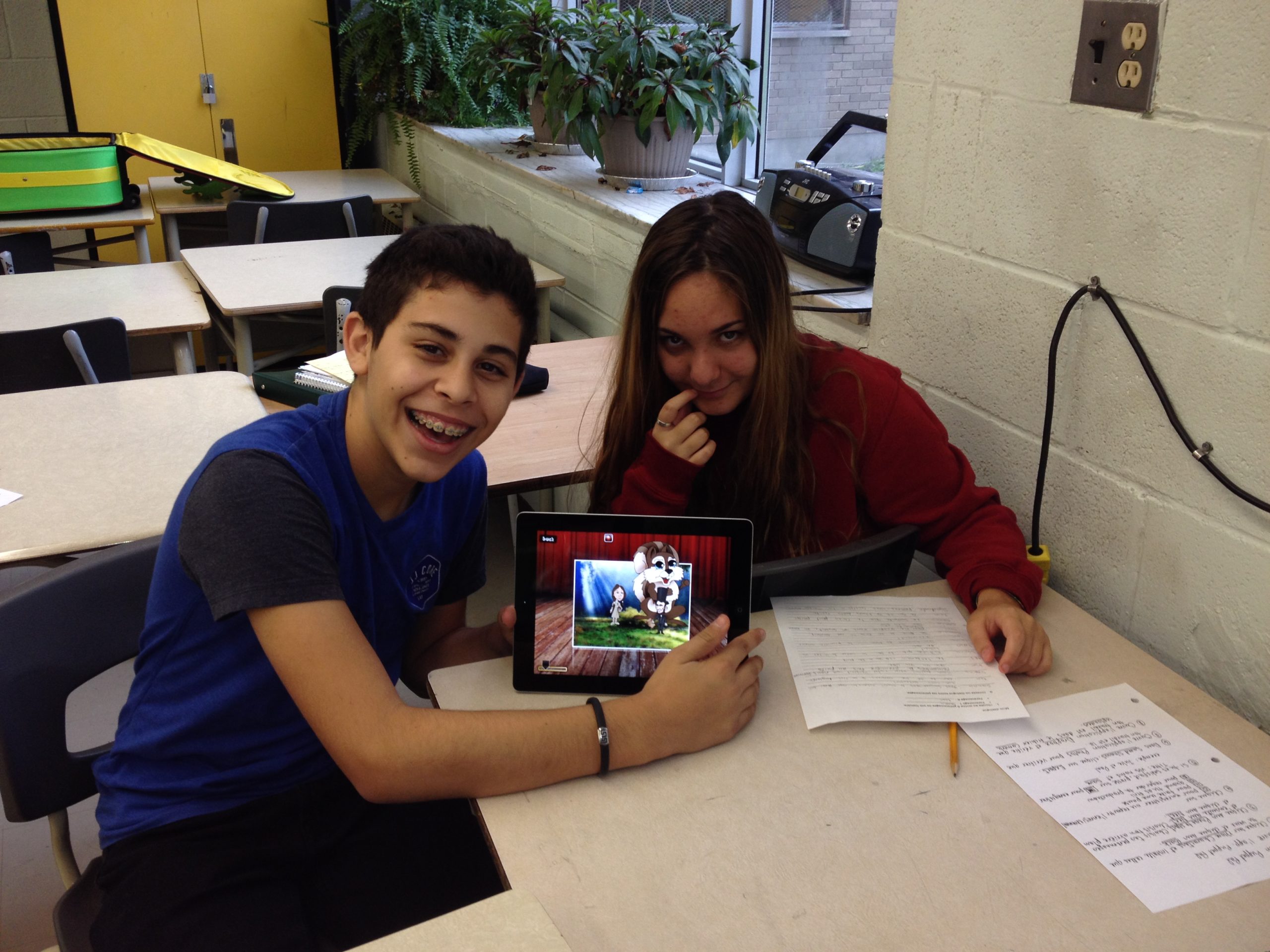This past winter, I was in touch with Tuval Nafshi, a childhood friend of mine who has made his career working with young men to end violence against women and girls. Before the COVID-19 pandemic changed the way schools function, a big part of his job was connecting with classrooms to facilitate discussions with students on topics of masculinity and violence.
Tuval sent me a link to receive a free resource called The Leading Change Expansion Pack, developed by the Alberta Council of Women’s Shelters. When it arrived, the first thing I noticed was the Jane Goodall quote:
What you do makes a difference and you have to decide what kind of difference you want to make.
Inside the box were different activities, including reflection questions and a cool twist on the popular game Cards against Humanity. Their version was called Cards against for Masculinity – the conversations you wish you could have.
The resources made me think about some of the jobs I had before becoming a teacher such as working as a camp counselor and staff at a youth drop-in center. It reminded me there are spaces in our work with youth to have conversations about life and leadership. Sometimes the right tool can set the right tone to begin important conversations.
I called up Tuval to talk more about his work and the potential of using the kit in schools and among educators. Since having this conversation, Tuval has left his position at the Alberta Council of Women’s Shelters.
Ben: What inspired the Leading Change pack?
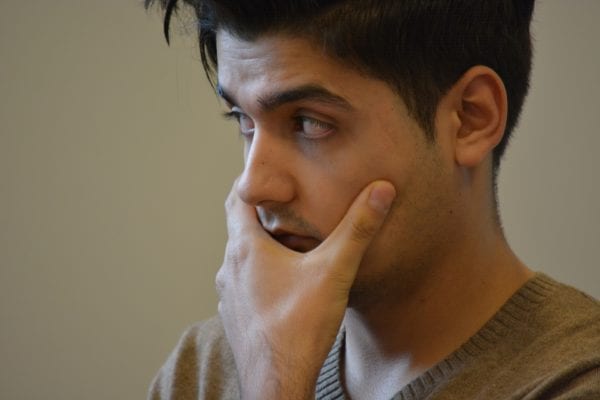 Tuval: At this time of year, we are usually getting ready to travel around the province and host a number of events. As with so many other organizations, we have had to rethink the way we approach our public outreach. In particular, our incredibly successful Breakfast with the Guys event required a major change of direction.
Tuval: At this time of year, we are usually getting ready to travel around the province and host a number of events. As with so many other organizations, we have had to rethink the way we approach our public outreach. In particular, our incredibly successful Breakfast with the Guys event required a major change of direction.
Instead of seeing this as a hardship, we used this as an opportunity to innovate and experiment. We know that men can play a key role in ending violence against women and girls. So the question is: How can we still reach men and give them an opportunity to learn, reflect, and act to end violence against women and girls?
When you open up the kit, what do you find inside?
Questions include:
- What do you do with big feelings like embarrassment, shame, fear, or doubt?
- Have you ever noticed bullying being framed as ‘just a joke’? Why does that matter?
- Have you ever been called a ‘girl’ or ‘gay’ as an insult? What happened? What might be the impact of these kinds of insults for girls or LGBTQ+ youth?
What has been your experience working with schools?
We’re not an organization within the school system. Our access to students and young people is always in partnership [with schools] looking at what’s possible and what’s available. One of the areas that we found a lot of buy-in was through sports, so we’ve worked with sports teams in schools. Whether you agree with it or not, or whether you think it’s good or not, athletes in a lot of schools do have an elevated status within their school and are often looked as leaders and role models for better or worse. Often, sports can also be a site where harmful ideas about gender are created and reinforced. So, those environments can be fruitful to facilitate conversations about leadership and gender-based violence.
In the absence of these opportunities, the kit is meant to give people some of the tools, knowledge and understanding of the issues so they can, either increase the leadership role they already take in this conversation, or begin to think of how they might be able to do that. Although our organization is focused on domestic violence, our prevention work looks more broadly at gender-based violence. So that includes sexual harassment and sexual assault as well, in the kind of spectrum of gender-based violence.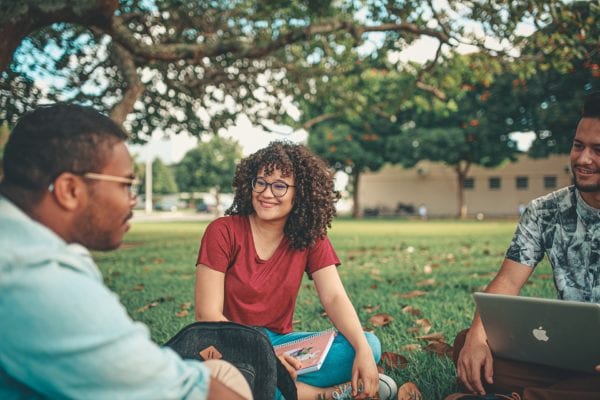
How do you see the kit being used in school? And when I say in school, I’m talking about a classroom or an after school or extracurricular space.
[The kit] was designed thinking about COVID and having adult men at home going through the box on their own. So, it’s kind of a different context in a classroom. But, one of the reasons why we think it might be very effective is because the kit is based on an anti-racism box and, in their evaluations of that box and, [in] researching who used the box, educators were a significant user group, even though they were not a target group out of the gate. So, I think parents and educators are going to be using this resource. So, I’m excited to not only tell educators what to do with it but also have a conversation with educators about what they see as being useful.
If there are educators who’ve already been having these kinds of conversations, they’re tools that they can add to their toolbox and for educators who, who haven’t been, but are interested…it can feel like a very tricky terrain to open a conversation about, [and] hopefully this gives some language and a container for the conversation.
What advice do you have for schools or youth centres that want to create space for these types of discussions?
Two things I would say: One is really wrapping your head around what a strength-based approach looks like, especially for young men. The conversation about gender-based violence, whether that’s domestic violence or sexual assault, can make guys feel defensive and under attack, like they’ve done something wrong, or they’re going to be told that they’ve done something wrong, and that is not helpful.
That feeling is not helpful towards fostering an environment of dialogue and introspection. So, I think the more we can do to create a feeling of: We’re having this conversation because we want to create solutions and we need everybody to be part of the solution, and that includes you. Rather than: We think you’re part of the problem and we need to change you and fix you as a problem.
 I think that mindset shift is very critical in opening up this dialogue. If you ask a thousand young men: ‘Do you want to be an abusive partner or do you want to be in an abusive relationship?’, or: ‘Do you want to cause harm to other people?’ – 99.9% of them are going to say: “Absolutely not! That’s not what I aspire to.’ So, what we’re really doing is having conversations about what people already want but [don’t have] the space to build the tools. We know statistically, that’s just not how it’s going to play out a lot. A lot of those thousand men are going to cause harm to themselves and others and they don’t want that. So, how do we help them have the lives that they want to have?
I think that mindset shift is very critical in opening up this dialogue. If you ask a thousand young men: ‘Do you want to be an abusive partner or do you want to be in an abusive relationship?’, or: ‘Do you want to cause harm to other people?’ – 99.9% of them are going to say: “Absolutely not! That’s not what I aspire to.’ So, what we’re really doing is having conversations about what people already want but [don’t have] the space to build the tools. We know statistically, that’s just not how it’s going to play out a lot. A lot of those thousand men are going to cause harm to themselves and others and they don’t want that. So, how do we help them have the lives that they want to have?
You spoke about well-facilitated conversations. I’m interested in any insights you have around schools or teachers who want to reach out to a local community partner who might work in this field already or who may have the facilitation skills. Do you have any advice on connecting with partners that are great to involve in this conversation?
I think there are people in spaces around sexual health, anti-racism, and intersectional issues that are skilled at that and can create that space around multiple topics. I do think there’s value in connecting to people in their community who have the skill set of creating a safe environment for hard conversations. I think one of the big things about gender-based violence conversations is if you’re, [for example], starting a unit on the First World War with students…Typically, they have almost no opinion or knowledge. You’re just giving them new information. With gender-based violence, that’s almost never the case. Almost everybody has personal experience, values, attitudes, and personal perspectives on it.
So, it’s a very different kind of conversation where you want to give people the space to express beliefs they already hold. But, some of those beliefs are harmful. So, how do you navigate a space where people might be sharing things that you believe to be harmful but you don’t want to make them feel shut down? So, that is a skill set you want to look for.
Building school-community partnerships in Quebec
I’m interested in hearing from more educators about ways Quebec schools and communities are having conversations about masculinity and the reality of gender-based violence. What are the potential school-community partnerships that can help ensure important conversations can be had during our students most formative years? Over the past year, I’ve heard a few examples of teachers in schools like Laval Senior Academy having facilitated groups with the support of organizations like Boys to Men. My hope is this post can bring together a network of partners and educators that can share success and encourage more educators and teachers to get involved.
Anyone who is involved in this work, let’s talk! If you are collaborating with a community partner or are using the kit or planning to use it, we’d love to hear about it. Join the Community Service Learning page and help us engage students in addressing real community needs.
